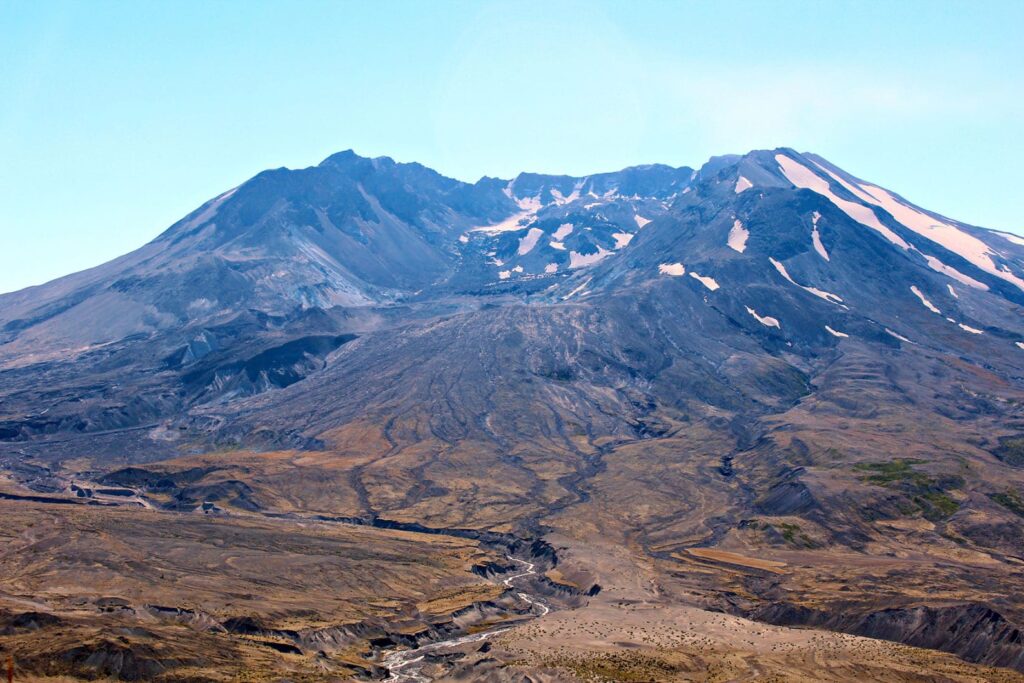Effects of Volcanic Eruptions (April 16)


It had a Volcanic Explosivity Index of 5, while the larger 1815 eruption of Mount Tambora had an index of 7. Harry Glicken, USGS/CVO
By studying the effects of recent volcanic eruptions, we can better understand what happened during the Flood of Noah. On April 5, and again on April 10 of 1815, Mount Tambora, the highest peak on a South Pacific Island, literally blew its top – sending a stream of ash upward over 25 miles into the earth’s atmosphere. An ash cloud the size of Australia blackened the sky, dropping ash over 6 feet deep on surrounding islands and creating floating fields of pumice that traveled over 2000 miles. Iceberg-sized chunks of pumice created hazards for ships for years afterwards. Explosive percussions of the mountain’s collapse could be heard on other South Pacific islands located over 1000 miles away as the top two thousand feet of the mountain disappeared in a fiery detonation. This powerful eruption killed over twelve thousand natives who died instantly from the explosion and subsequent tsunamis. Ultimately though, far more people around the world died, as this one volcano affected the history of our entire planet.
Fine volcanic ash from Tambora was ejected far into the earth’s upper atmosphere where it affected weather patterns around the earth for the next year or more. Fiery red and purple sunsets were visible around the globe for several years. In Europe and North America, there were severe storms, excessive rain, and snow that fell far into the summer months of 1816, causing crop failures, food shortages, famine, riots, and political unrest. Mass migrations in search for food occurred as people traveled from Europe to America, and out of New England to the Midwest. Religious revivals broke out across America as stable communities were transformed into groups of wandering beggars and the worst typhus epidemic in history broke out. 1816 became known as “the year without summer,” and this one volcano changed the history of both individual families and our entire planet in profound ways that are still being studied.
Now imagine the impact of thousands of volcanic eruptions during the Flood of Noah’s time, which were hundreds of times more powerful than this one volcano, accompanied by a world-covering flood that lasted for over a year. Volcanic reverberations would have continued for decades during and after the Flood of Noah. Weather patterns would have been affected for centuries as the world was plunged into an extended Ice Age. The Flood of Noah’s day had a profound effect on our planet. That is why every human culture has a remembrance of this Flood in their ancient traditions.
Psalm 104:32
KJV: He looketh on the earth, and it trembleth: he toucheth the hills, and they smoke.
NIV: he who looks at the earth, and it trembles, who touches the mountains, and they smoke.
Reference
Klingaman, William and Nicholas Klingaman. 2013.
The Year without Summer: 1816 and the Volcano that darkened the World and Changed History.
St. Martins Griffin: New York.
